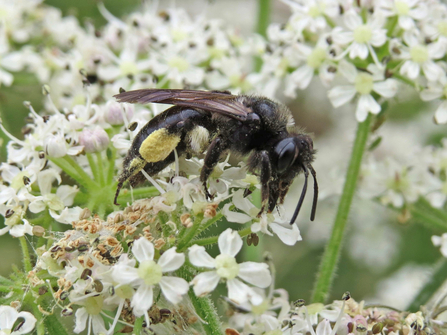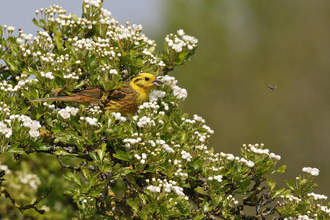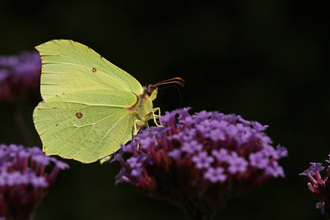Heathlands are vital habitats for the sheert variety of rare species that live there and that you wouldn’t find in a woodland or wildflower meadow. Many of our wonderful insects favour sandy habitats as they are often warmer in the hot weather and the sand is easier to burrow into than soil and mud, making the creation of nests so much easier for them. There are around 270 species of bee in the UK and most of these are solitary bees, creating nests and sheltering on their own. Some species require certain food plants or habitats and will only be found where these plants or specific conditions exist.
One very rare species that we're delighted to have on our heathland complex around Dropping Well Farm is the scarce black mining bee Andrena nigrospina, a solitary bee that nests and shelters in the ground and feeds primarily on hoary mustard and wild radish, plants that like sandy soils. The bee will also feed on plants such as hogweed when wild radish is not in flower. This mining bee likes to nest in areas sheltered from the wind and often where there is lots of sun.






